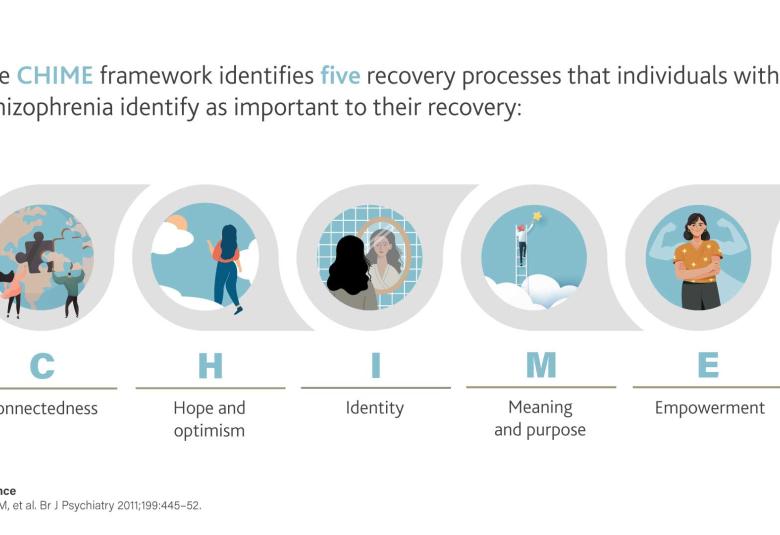Can one-size-fits-all diagnoses be replaced by a symptom-based approach which acknowledges the heterogeneity within people assigned to a specific category of mental disorder? The question is central to the future of neuropsychiatry and the focus of research initiatives, such as the PRISM Project, which casts light on features of biology and behavior that cross diagnostic boundaries.
We need a data-driven approach based on symptoms, clinical findings, imaging and the “omics”
The aim in exploring transdiagnostic symptoms is to understand the underlying neurobiological processes, so helping identify treatments that will be effective across diagnoses.1 But this approach would represent a paradigm shift in psychiatry, Gitte Moos Knudsen (Copenhagen University Hospital, Denmark; and President of ECNP) told a symposium at the EPA 2020 Virtual Congress.
No single type of treatment fits all patients within one of the classical diagnostic categories, because people assigned to that label are clearly heterogeneous. It is also clear that people with different diagnoses have some symptoms in common. A system based on transdiagnostic features is therefore rational. Its development and validation is a long-term task. But there are hints of features that are relevant.
Impaired long term memory, for instance, is a symptom that occurs across diagnoses, from Alzheimer’s to schizophrenia and epilepsy. Indeed, the overlap between epilepsy and schizophrenia is an interesting case – which Professor Knudsen explored.
Do depression and epilepsy share etiology?
A quantitative approach to replace the categorical
Around a third of people with epilepsy have psychiatric symptoms, such as depression.2 Moreover, there are indications that this may reflect common neurobiological mechanisms: among shared features are a hyperactive hypothalamic-pituitary-adrenal axis, abnormalities of cortical structure, function and connectivity, and increased glutamatergic and decreased GABAergic and serotonergic activity.
Efforts to move descriptions of brain disorders in the direction of shared symptoms and pathology align well with the philosophy underlying the new neuroscience-based nomenclature developed for CNS drugs. [Read more]
There is far to go before it is credible to advocate a shift away from categorical systems such as ICD-10 and DSM-5 and towards transdiagnostic categories.3 But, suggested Professor Knudsen, the first steps have been taken.
Helping along on the way is the ground-breaking PRISM project, described at EPA 2020 by Martien Kas (University of Groningen, The Netherlands).
PRISM casts light on brain and behavior
There is heterogeneity within a diagnosis and commonalities across diagnoses
This multifaceted project provides quantitative biological measures derived from electrophysiology, imaging, clinical features and behavior, which will underpin new treatments for the social and cognitive deficits that span Alzheimer’s, schizophrenia and depression.4
PRISM is also exploring the genetics underlying sociability and exploratory behavior both in rodent models and in large genome-wide association studies including more than 300,000 participants in the UK Biobank. This work has revealed the involvement of genetic loci (and hence potential drug targets) in known and novel pathways.
A notable feature of the PRISM initiative is passive remote monitoring through an app that captures not only phone usage but also geolocation and extent of social interaction.5 Daily rhythms of activity and the way they differ between patient groups and healthy age-matched controls are evident.
Issues of privacy and security are of course crucial. But progress has been sufficient for PRISM researchers to begin discussion with regulators about the potential use of their data as transdiagnostic digital biomarkers.
Our correspondent’s highlights from the symposium are meant as a fair representation of the scientific content presented. The views and opinions expressed on this page do not necessarily reflect those of Lundbeck.




